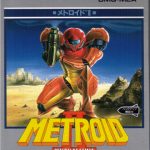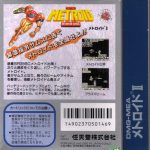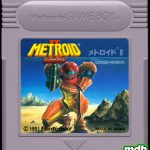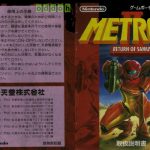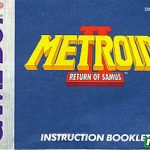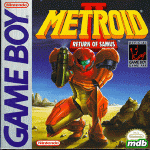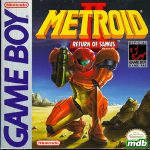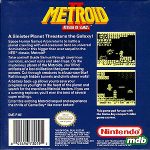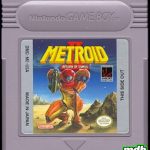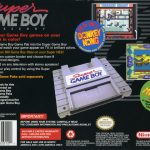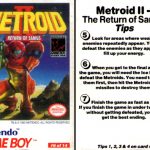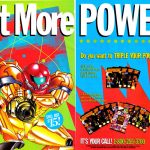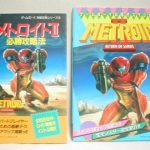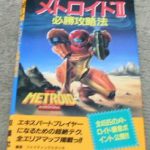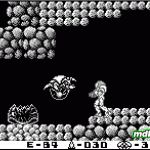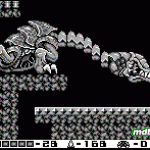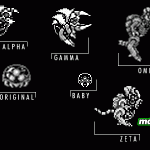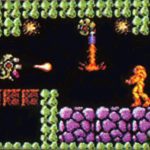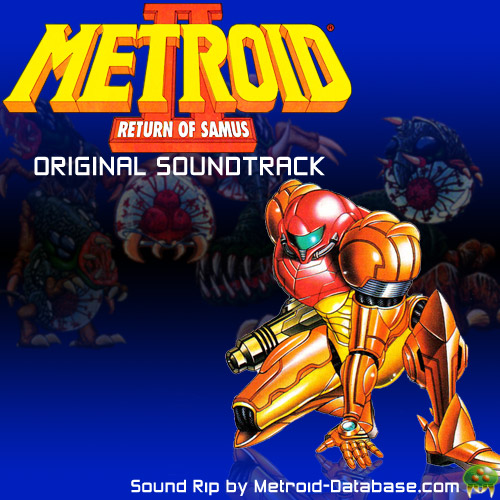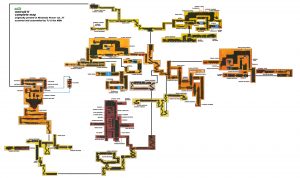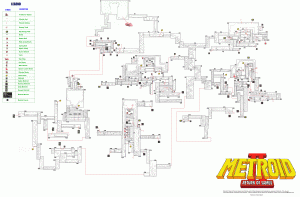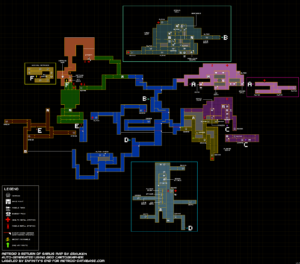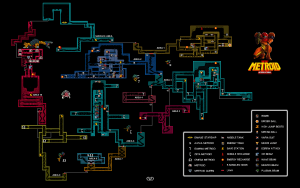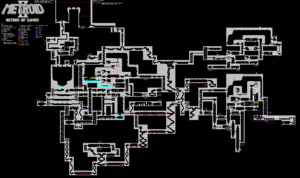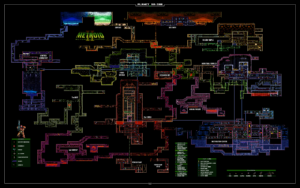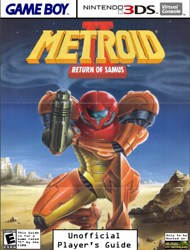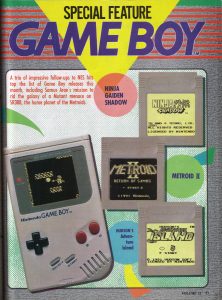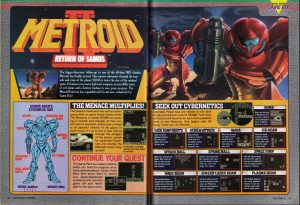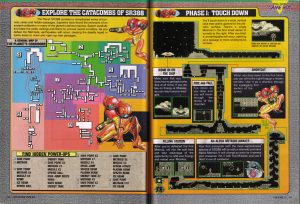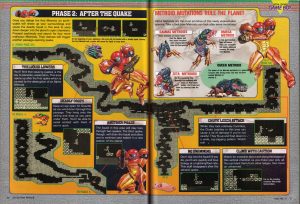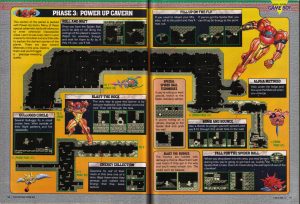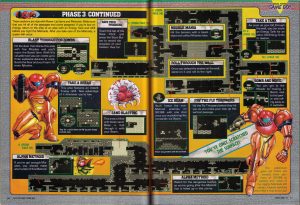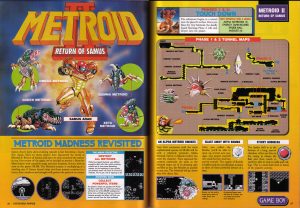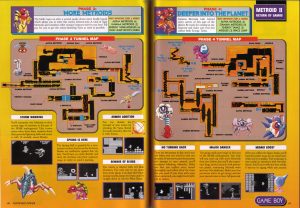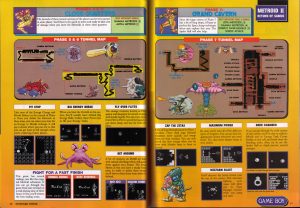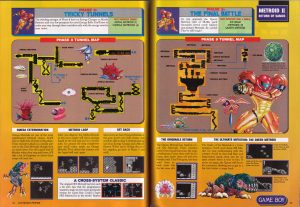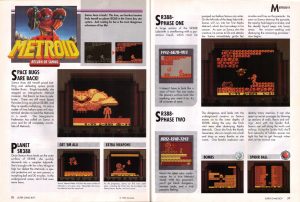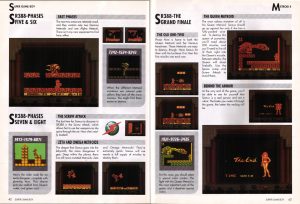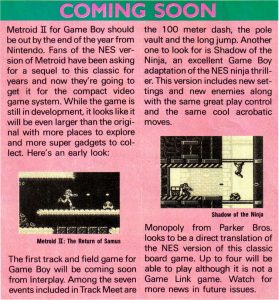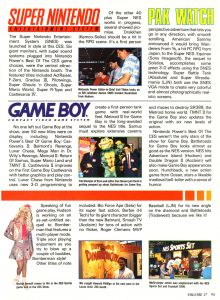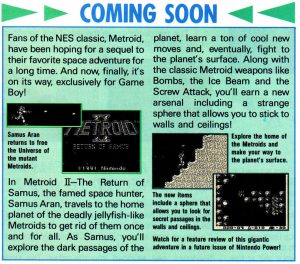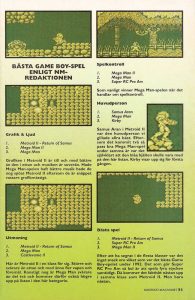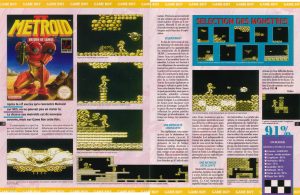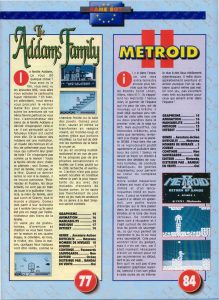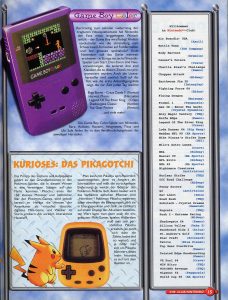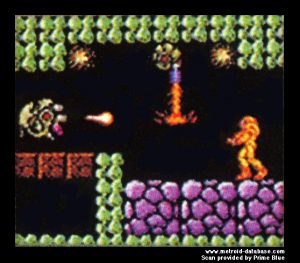Summary
The second Metroid game brings Samus to the Metroids’ homeworld of SR-388. Deep in the bowels of this unstable planet, Samus encounters lava, earthquakes, and more evolved species of Metroids, until finally coming face-to-face with the Queen Metroid herself to eradicate the species for good.
Samus then spares the life of a single Metroid hatchling…
Release Date
- Japanese Box
- Japanese Box (Back)
- Japanese Cart
- Japanese Manual
- Metroid 2 DX Mock-up by Prime Blue
Metroid II was composed by Ryohji Yoshitomi, later famous for his work on the Wario series. Yoshitomi's score is in one of the most experimental game soundtracks ever produced, drawing on the themes established by Hirokazu Tanaka in Metroid for a unique series flavor. The "Title" theme is an exemplar of this style. "Title" begins with harsh electric pings, like sonar signals, followed by a melancholic melody that quickly flows into an epic conclusion, with explosions as percussion - just like Tchaikovsky's "1812 Overture".
Metroid II is also unique in that it does not use clean loops for many of its tracks, such as "Metroid Hive" and "The Baby Metroid". Instead, Yoshitomi gave each sound channel a melody with varying length, resulting in tracks without a clear loop. Here, the channel with the longest melody determined track length.
Yoshitomi also made extensive use of silence, as demonstrated by the numerous "Sub Caves" themes, and some areas have no soundtrack at all. These moments of eerie calm emulate an empty cavern and make the player nervously fear the next explosive Metroid encounter. One might say they even anticipate Donkey Kong Country. However, it is interesting to note "Sub Caves 4" contains echoes of the "Final Caves", as if you can hear them through the walls...
While the majority of the songs lack melody, Metroid II is famous for the "Main Caves" theme, an adventurous fanfare to match any game soundtrack. This, along with the triumphant "Ending", make the soundtrack close to the hearts of many fans. Players also felt right at home, with the epic, menacing organs of the "Final Caves" and Queen Metroid fight recalling the intense finale of Metroid's Tourian.
This recording is also the cleanest version of the Metroid II soundtrack you will find, encoded from Audio Overload and is the result of extensive testing. While the original hardware is plagued with pops and clicks, we concluded these were not intended by the composer, and are absent from the 3DS Virtual Console port.
| Title | Author | Version | Date |
| Metroid II Unofficial Player’s Guide (PDF), 25.5 MB | William Donehoo | 2.00 | 05-08-16 |
| Metroid II Complete FAQ/Walkthrough | Falcon Zero | 1.01 | 11-13-03 |
 Nintendo Power, Volume 29 (October 1991) Page 69
Nintendo Power, Volume 29 (October 1991) Page 69
This issue featured a preview of Metroid 2.
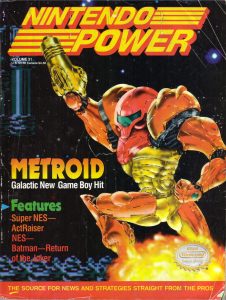 Nintendo Power, Volume 31 (December 1991) Pages 52-62
Nintendo Power, Volume 31 (December 1991) Pages 52-62
Shows each weapon, a general map of the whole game with a list of what items live in each area, and detailed screenshot maps of the first three areas. The general map is blocky and doesn’t help much.
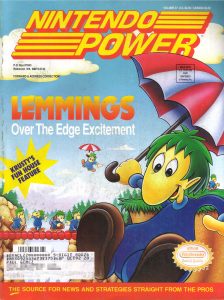 Nintendo Power Volume 37 (June 1992) Pages 46-53
Nintendo Power Volume 37 (June 1992) Pages 46-53
Now this is more like it! The complete maps and item/Metroid locations for Metroid II, with strategies and advice for each phase of the game.
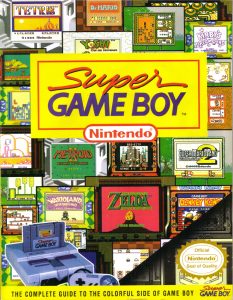 Super Game Boy Player’s Guide, 1994 Pages 38-43
Super Game Boy Player’s Guide, 1994 Pages 38-43
This was sent out free with an issue of Nintendo Power around the time the Super Game Boy came out. Contains 6 pages on Metroid II. No maps, but it shows key points in the game and how to make it look cool on the SGB. It also shows 2 of the final ending screens (full armor and bikini).
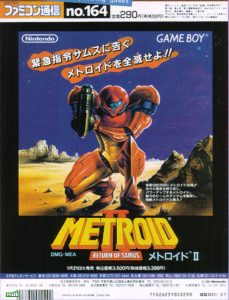 Famicom Communications Weekly, No. 164
Famicom Communications Weekly, No. 164
Not much is known about this issue of Famicom Communications Weekly, Nintendo’s
popular official magazine in Japan. The image was taken from Retro Gamer
Magazine, Volume 6.
Metroid II Previews (Nintendo Power 27, 29)
Back in 1991, just like today, a Metroid sequel was a pretty big deal. This was Metroid’s first sequel ever and Nintendo ramped up the hype at trade shows to promote it. Some of the Nintendo Power previews even included beta screenshots!
Metroid II in Europe
While Metroid II was pretty popular in the States, across the pond in Europe, there doesn’t seem to have been quite as much hype over the game. Still, after a bit of digging we did find some images from French and Swedish magazines. Images from Abandonware Magazines and Underground Gamer.
Metroid II DX?
This article comes from the April 1998 issue of Club Nintendo, Germany’s equivalent of Nintendo Power. It announces the Game Boy Color, and while it doesn’t mention Metroid II by name, it does show a screenshot of Metroid II on the GBC… Well, not really. This room and this combination of tiles and enemies never appears in the game! It is most likely a mock screenshot rather than an actual product. Scans provided by Prime Blue.


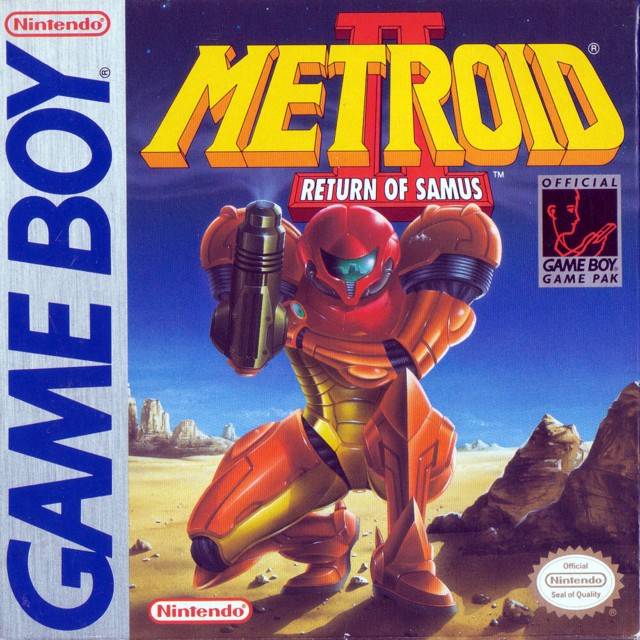

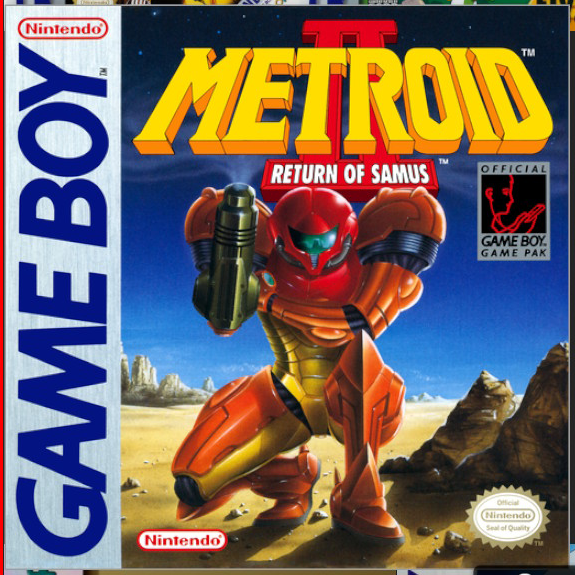

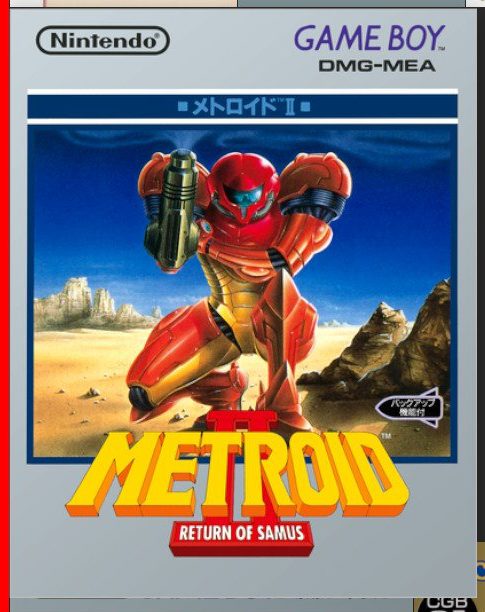
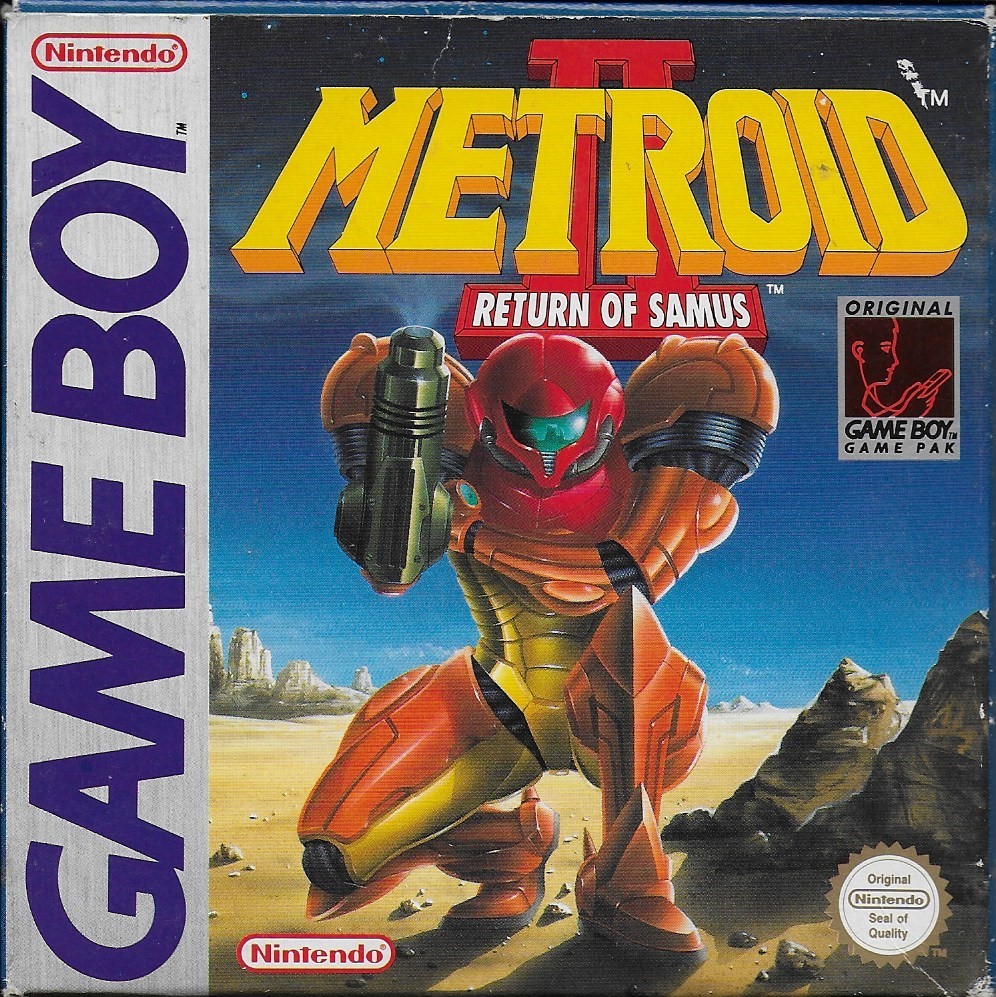
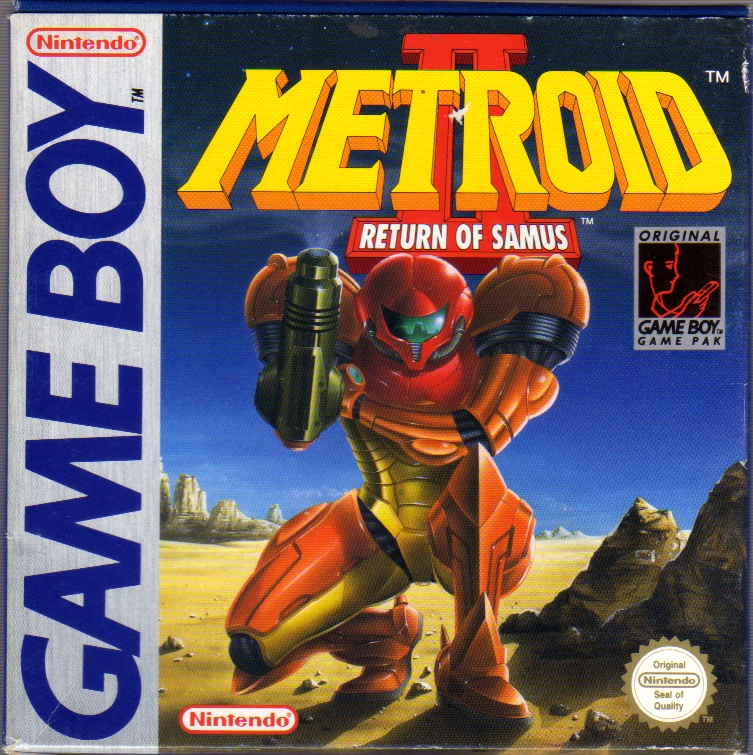
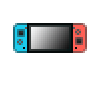
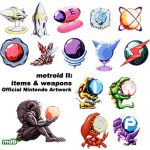

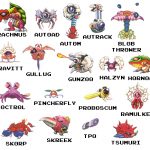
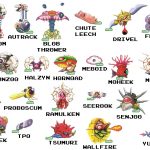
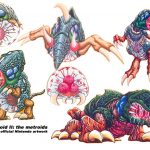
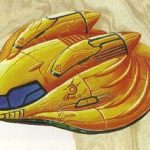
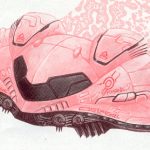
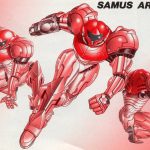




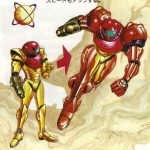
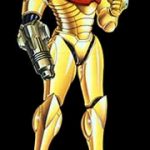
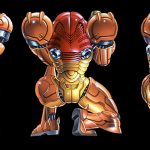
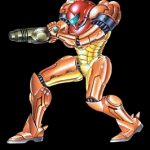
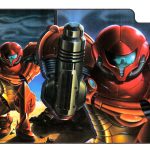
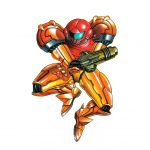

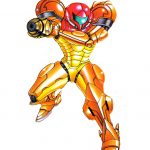
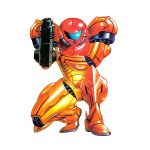
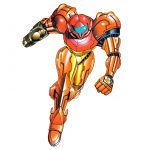
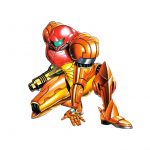
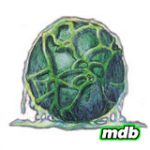
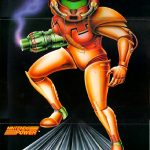
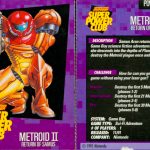
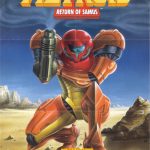
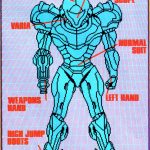

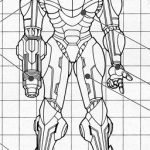
 Back to Art Galleries
Back to Art Galleries